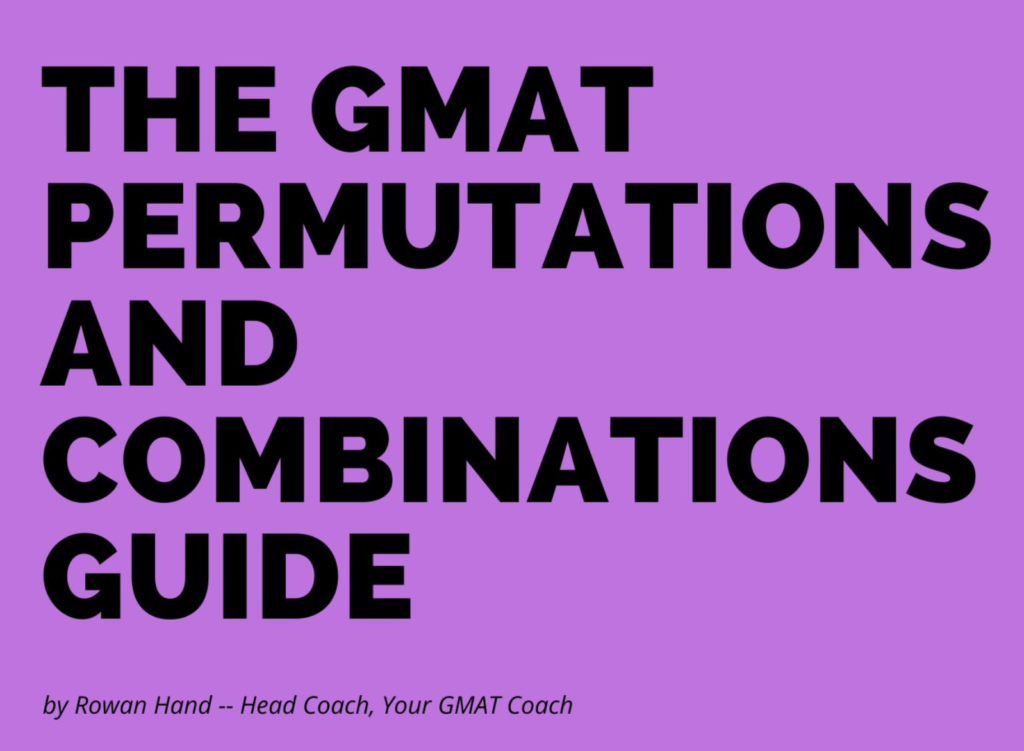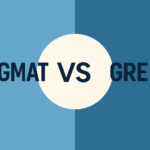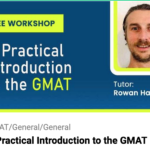Here’s the Solution to this Crazy-ass Problem: List T Consists of 30 Positive Decimals…
Now I’m not going to lie and tell you this question is easy. It’s actually a total beast. And for that reason, I suggest that you repeat this question and repeat it again and then repeat it again until it makes good sense.
The only thing to do with a question such as this one is to learn it thoroughly so that even though you’re unlikely to see a question on the actual GMAT that is anywhere near as bad, you will be able to take some sort of learning from it.
Here’s the question itself — the old “List T consist of 30 positive decimals” GMAT Question itself:
List T consist of 30 positive decimals, none of which is an integer, and the sum of the 30 decimals is S. The estimated sum of the 30 decimals, E, is defined as follows. Each decimal in T whose tenths digit is even is rounded up to the nearest integer, and each decimal in T whose tenths digits is odd is rounded down to the nearest integer. If 1/3 of the decimals in T have a tenths digit that is even, which of the following is a possible value of E – S ?
I. -16
II. 6
III. 10
A. I only
B. I and II only
C. I and III only
D. II and III only
E. I, II, and III
Now the first thing to notice with this question is that you’re not looking to calculate all the numbers. Rather, you’re looking to calculate the specific amount by which you estimate. That is your difference E – S.
Here are the steps:
- Calculate the maximum amount by which the estimate for the EVENS might be off.
- Calculate the minimum amount by which the estimate for the EVENS might be off.
- Treat this as a range, then multiply by the number of EVENS you have.
- Calculate the maximum amount by which the estimate for the ODDS might be off.
- Calculate the minimum amount by which the estimate for the ODDS might be off.
- Treat this as a range, then multiply by the number of ODDS that you have.
- Add the ranges together to find the total range of possibilities.
Granted, this is a lot to process in two minutes, but if you precisely how to do this question, it is possible to do the actual calculations in in this time. Ideally, if you were presented with another similar question, the mechanism would be similar enough that you’d be able to use the above method to get the answer.
In the end, if you can’t answer this “List T consists of 30 positive decimals” GMAT question, you won’t, most likely, be able to answer any similar question.
Watch the video here to learn more:
I have to write more stuff for SEO purposes, so I want to say List T consists of 30…

And then I’m going to keep typing and write a bit more stuff and the dark overlords will love this post and it’ll rank higher than Snoop Dogg because I said list T consists of 30 positive decimals GMAT. Yay!






